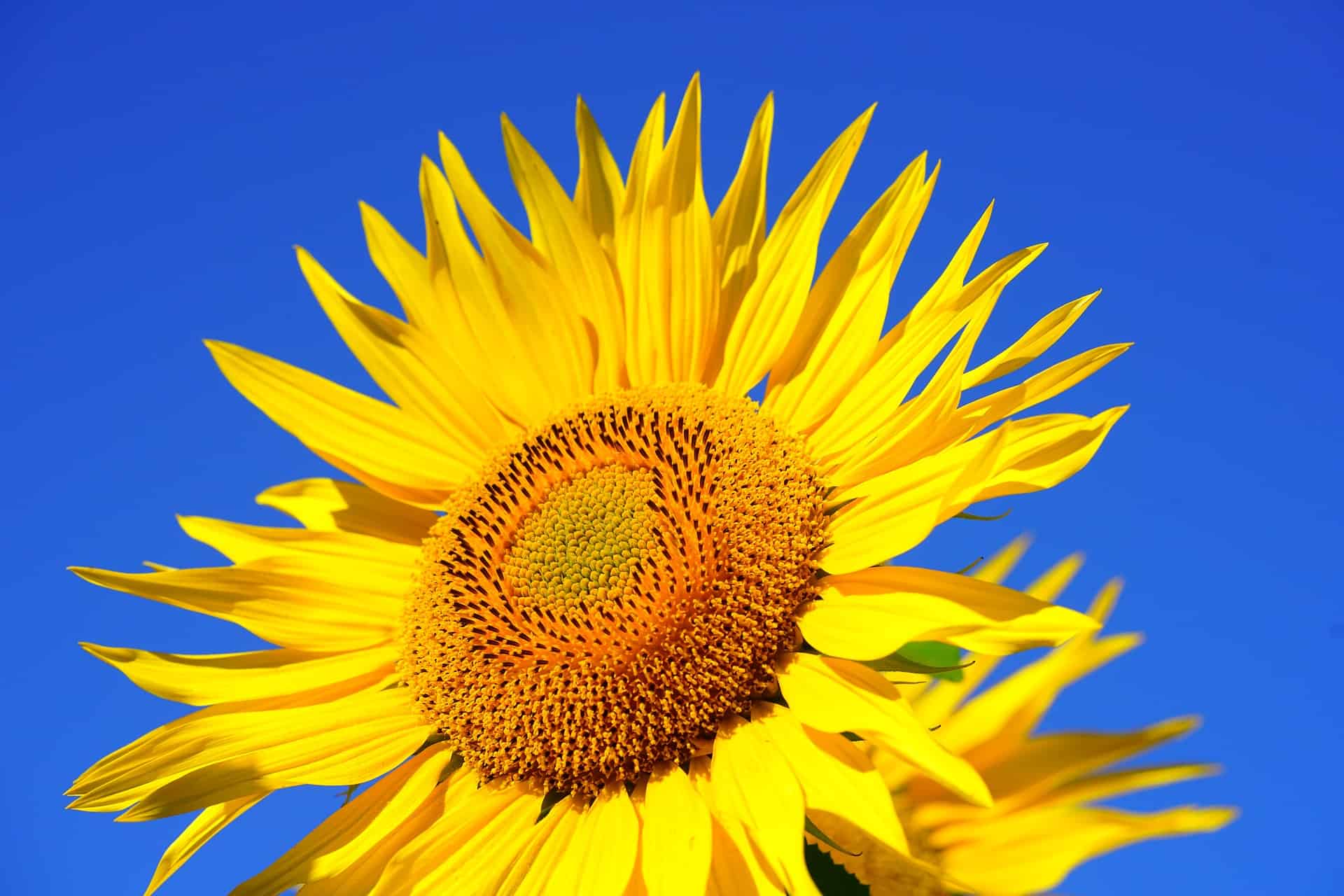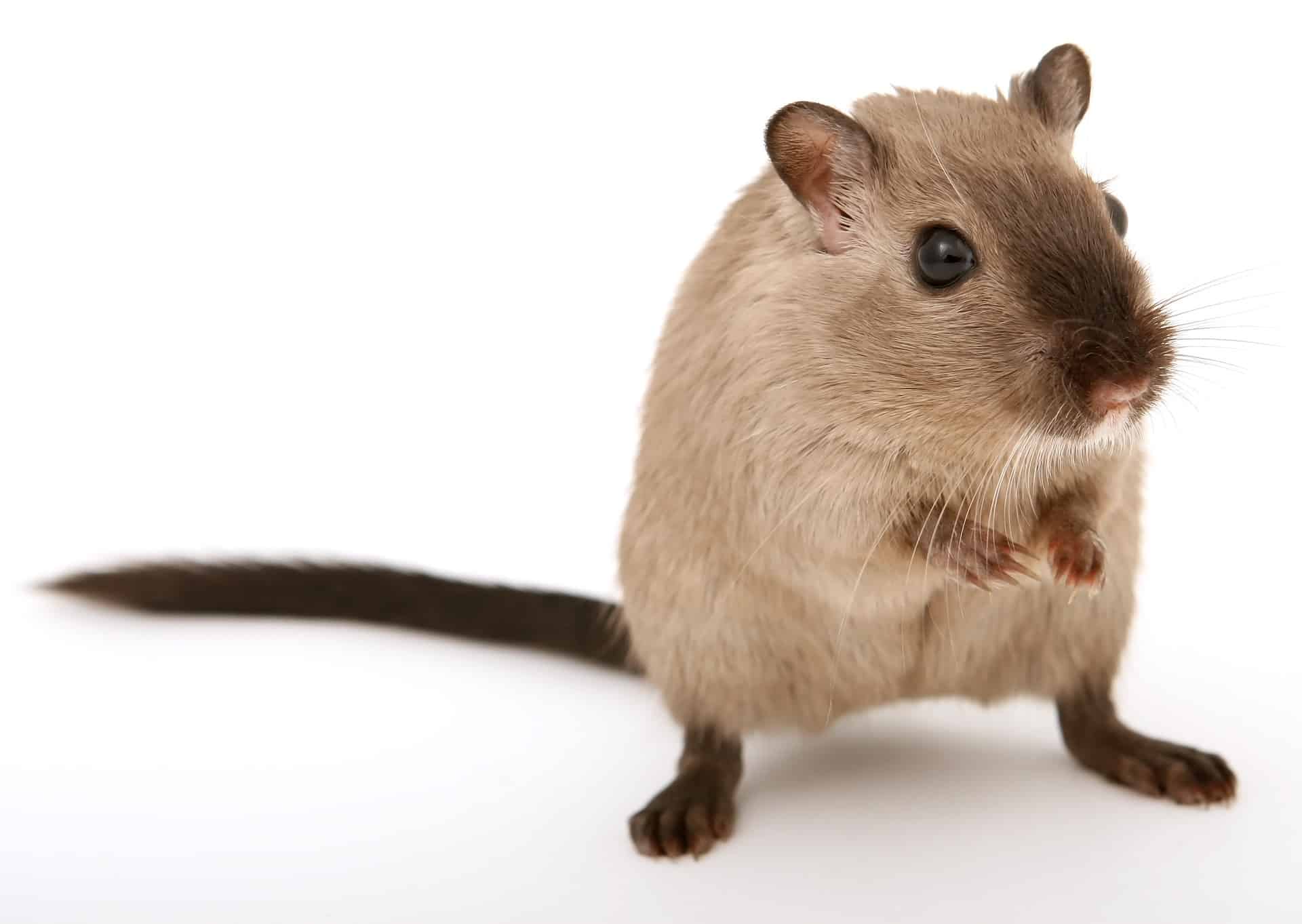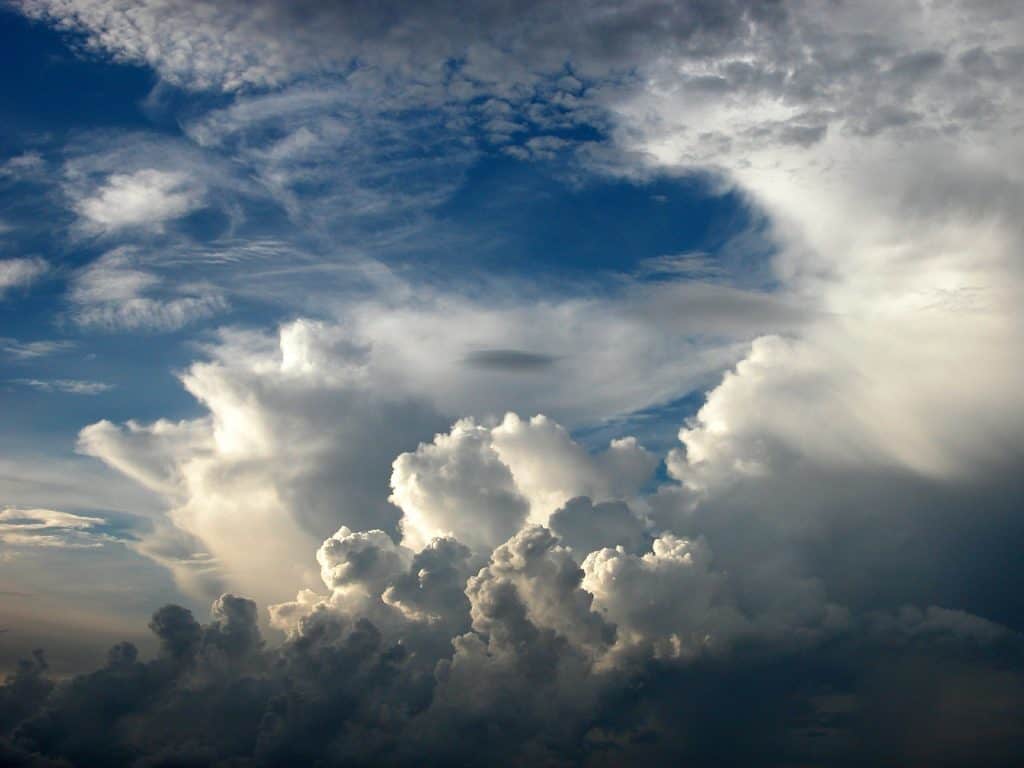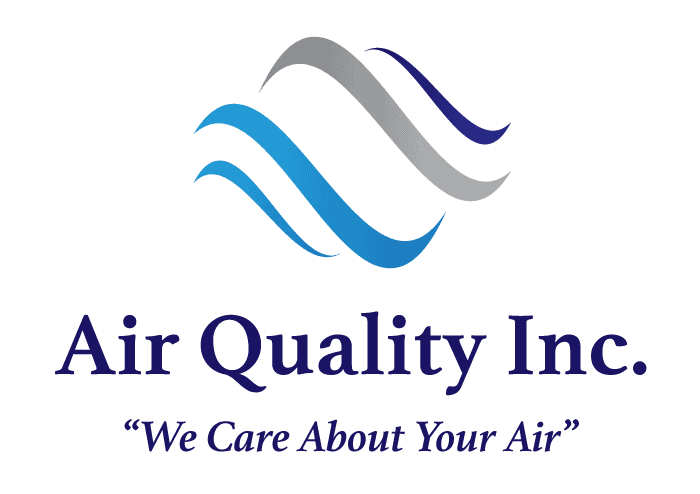The world itself changes with the seasons. Yes, change is literally in the air, and more importantly, our indoor air quality.
Leaves grow, turn color, and fall to the ground, replaced by barren branches. Kids go back to school and return home with sniffling noses. Rain puddles up and mud gets tracked into the house on the bottom of boots and pet paws. Flowers bloom, pollinate, and then bake away in the summer’s heat.
Seasonal Differences in Indoor Air Quality
Seasonal changes massively impact the quality of the air we breathe in our homes, schools, and offices. The sources of indoor air pollutants can subtle, like hidden mold thriving in damp basements in the damp fall time. Other air contaminants can be more easily seen, such as a layer of yellow pollen falling on every possible surface in the springtime.
Whether incognito or obvious, seasonal indoor air pollutants all have potentially negative health ramifications, especially considering that we spend most of our lives indoors.
The more we know about what contaminants threaten our air and when, the more prepared we can be to avoid health problems paired with poor indoor air quality.
Here at Air Quality Consultants we have a professional, season-by-season run-down to help you be aware of indoor air contaminants year-round.
Springtime Air Pollutants
While beautiful and full of pretty flowers, spring is famed for the host of allergy-triggering air contaminants such as the pollen brought on by blooming flora. Nearly everyone has experienced a seasonal stuffy nose, sneezing, itchy eyes, and scratchy throat at one time or another.

The national allergy stats are staggering:
“Allergies are the 6th leading cause of chronic illness in the U.S. with an annual cost in excess of $18 billion. More than 50 million Americans suffer from allergies each year,” according to reports by the U.S. Department of Health & Human Services. They add “Some allergies are seasonal, like hay fever. Allergies have also been associated with chronic conditions like sinusitis and asthma.”
Here are some of the top springtime contaminants:
- Pollen from trees and flowers
- Grasses
- Weeds
- Airborne mold spores
Summer Air Contaminants
The heat wave of summer brings on a whole new host of pollutants to the air we breathe. High moisture levels in the air create a perfect breeding ground for mold during humid Virginia Beach summers. Increases in moisture also encourages the growth of bacteria, and in turn, dust mites.
Once hot temperatures hit, pets tend to shed the bulk of their fluffy winter coats, only multiplying pet dander levels in the homes of pet owners.
Air conditioning units are also a big culprit of dirty air in East Coast summer homes. “A study of 27 states showed that emissions of carbon dioxide and other gases increase as people crank up the air conditioning during the summer,” says the American Chemical Society. Poorly maintained air conditioning systems with dirty filters can also cause irritation to the respiratory tract.
Beyond that, summer wildfires have been on the rise nationwide in recent decades. Smoke can easily find its way indoors and ruin filters on HVAC units. Wildfire smoke poses a serious health threat as a major respiratory irritant.
Here are a few of the most common summertime indoor air pollutants:
- Pollen carrying over from springtime
- Mold
- Pet dander
- Cockroaches
- Dust mites
- Poorly maintained HVAC systems
- Wildfire smoke

Autumn Indoor Air Threats
Fall time is well-known as ‘flu season’. Germs spread quickly as children go back to school, and return home with a bug they picked up from their friends. As temperatures cool, people kick on their furnaces for the first time in months without thought of how much dirt their filter could have collected over the summer.
Increasing rainfall can cause leaky roofing or water damage in other areas of a home, creating a perfectly damp environment for mold to thrive in, often unbeknownst to the homeowner. The National Environmental Education Foundation warns that “increased humidity and precipitation, can exacerbate indoor air pollution by promoting mold growth indoors and increasing dust mites, bacteria, and other bio contaminants”.
Mold can pose a big danger to the health and safety of your family, especially since it can often grow unnoticed in hidden places in your home, school, or office. Beyond dizziness, headaches, and fatigue, long-term exposure to mold and other indoor pollutants can also lead to more serious health problems such as respiratory disease, heart problems, and even cancer.

A few harmful fall time indoor air pollutants:
- Mold spores
- Bacteria
- Pests
- Dust mites
Winter Air Quality Dangers
With most Americans spending much more time indoors during the winter months, the risk for suffering from indoor air pollution increases.
Cold, winter temperatures drive pests like cockroaches and vermin to seek shelter indoors. Pest remains and dust mites can significantly reduce the quality of the air inside a home and even trigger allergies and asthma. The same applies toward pets which are often kept inside during winter, increasing pet dander levels in a home.
Turning up the heater without ensuring the filtration system is clean and properly maintained may contribute to poor air quality in a home.
To keep the heat in, most people keep their houses shut up tight in the winter. Poor ventilation traps in moisture from showering and cooking, and can create an easy environment for mold to grow in. Additionally, volatile chemicals from even common household cleaners also pose a health threat, especially when using strong chemicals without opening up windows for ventilation.
Radon levels in homes with radon problems also tend to increase during winter, which can be extremely dangerous. The National Safety Council explains “When radon gas exceeds acceptable levels, the result can be deadly. Scientists estimate 15,000 to 22,000 lung cancer deaths in the U.S. each year are related to radon” As a solution they offer, “Testing is the only way to determine how much radon is present in your home.”
Threats to Indoor Air Quality in the Winter:
- Cockroaches and vermin
- Pet Dander
- Poorly maintained heating systems
- Mold
- Volatile chemicals from cleaners
- Radon poisoning

Test Your Indoor Air Quality
The more we are aware of what dangers could be floating in our air throughout the year, the more prepared we are to pinpoint what may lead to (or is already causing) negative health effects for us and our loved ones.
The list of indoor air quality threats by season that we’ve discussed is by no means exhaustive. We have covered just a few of the potential dangers that could be lurking in your home. You may deal with some of these contaminants, or there may be others that are putting you and your family at risk.
Thankfully, you don’t have to fear the unknown. Air Quality Consultants performs highly-detailed indoor air quality testing for both commercial and residential properties. With our state-of-the-art equipment and decades of experience, we can provide next-day, precision diagnostics that far exceeds any DIY air quality test kit you can pick up at the hardware store.
When health is involved, you need thorough, detailed results you can count on. Hiring a certified, passionate professional to test your indoor air quality is the most effective way to determine exactly what threats (if any) exist in the air your family breathes. Only when you know what the dangers are will you be prepared to protect yourself.
With air quality testing experts in Richmond and Virginia Beach, Air Quality Consultants will help you identify what is causing your symptoms and if your family is at risk.
Schedule a professional air quality test for high-value results that will help you come up with a game plan to purify your air and give you peace of mind.




